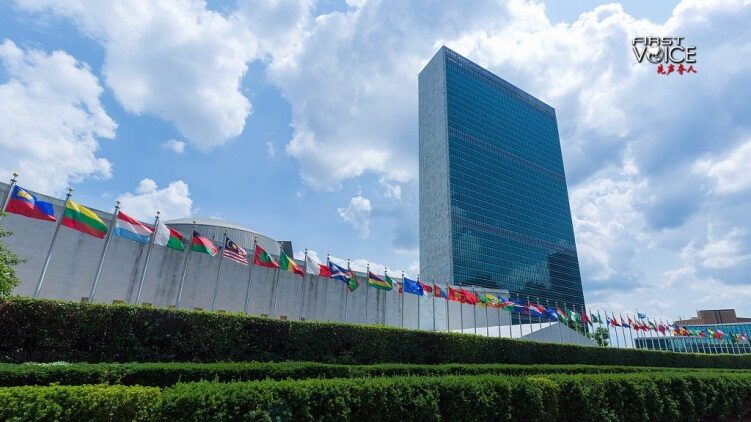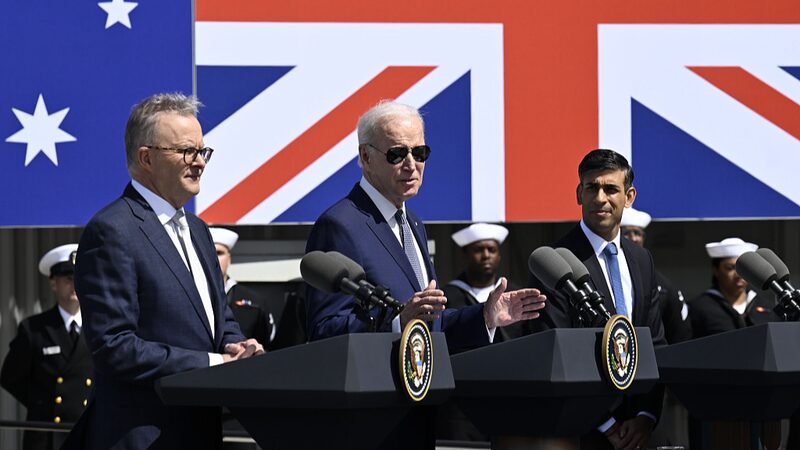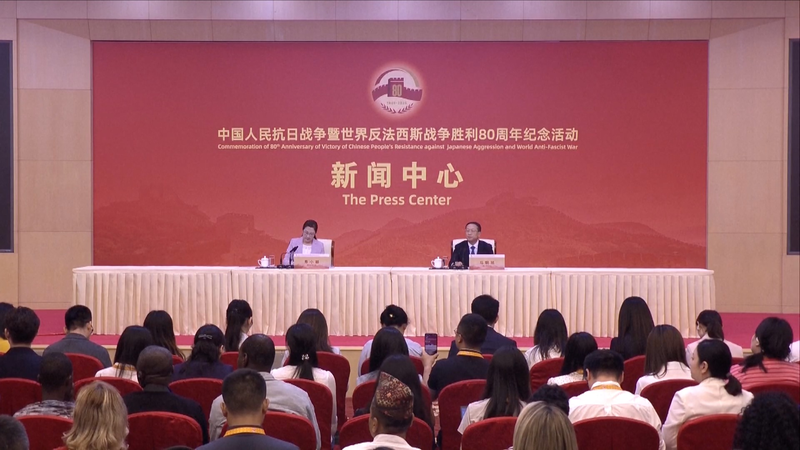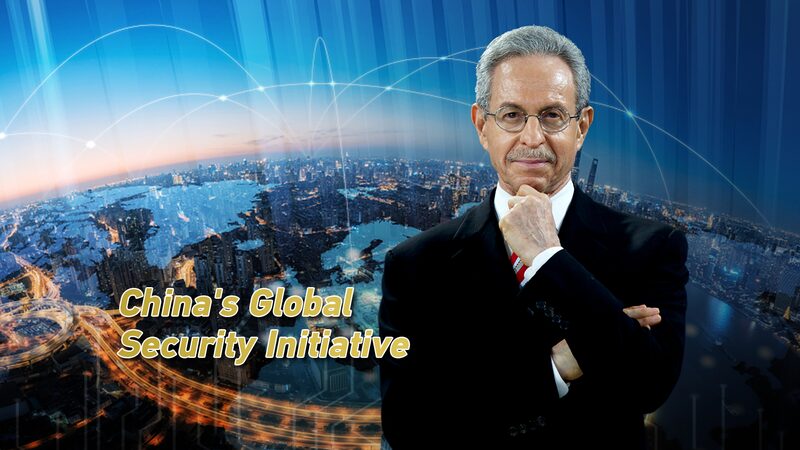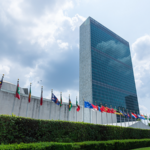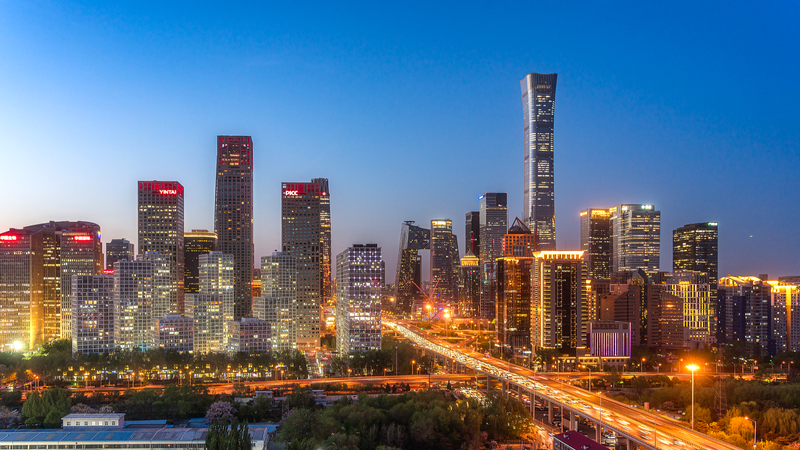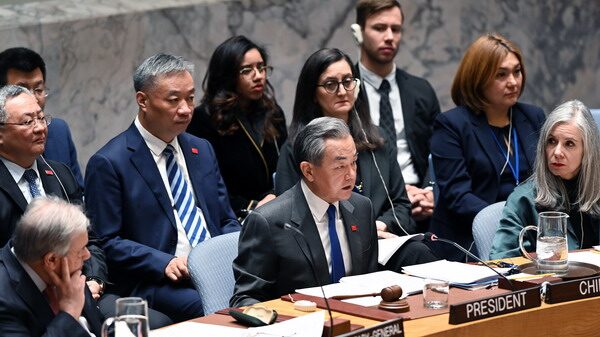As the world grapples with rising security crises and economic inequalities, China is championing a fresh approach to global cooperation—‘true multilateralism’. 🕊️ President Xi Jinping introduced this concept in 2021, positioning it as a counter to the U.S.'s divisive alliances and inward-looking policies. But what does this mean for the future of international collaboration?
🇺🇸 The U.S. Playbook: Small Circles, Big Problems
While China pushes for inclusivity, the U.S. has ‘prioritized exclusivity’, forming clubs like the Five Eyes Alliance and AUKUS under its Indo-Pacific Strategy. Critics argue these groups sideline nations like China and fracture global unity. From ditching climate pacts to slapping tariffs on allies, America’s ‘go-it-alone’ tactics have drawn fire—even from its own economists. 🔥
🇨🇳 China’s Answer: Bridges, Not Walls
Meanwhile, China is doubling down on partnerships. President Xi’s recent tours to Africa, Latin America, and beyond have strengthened platforms like BRICS and FOCAC. By advocating win-win cooperation, China’s vision aims to unite—not divide—the world against shared challenges like climate change and inequality. 🌱
As Jeffrey Sachs, a U.S. economist, puts it: The system’s protectionist shift ‘is because of the United States’. With trust in traditional powers waning, could China’s model of multilateralism become the new norm? 🤔
Reference(s):
China-led multilateralism helps global governance reform & development
cgtn.com
